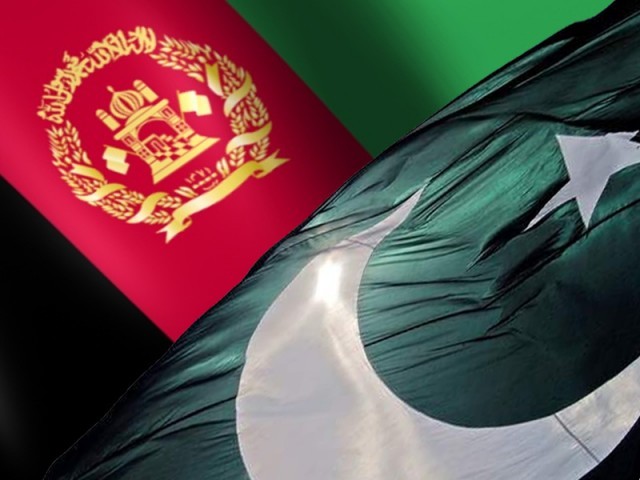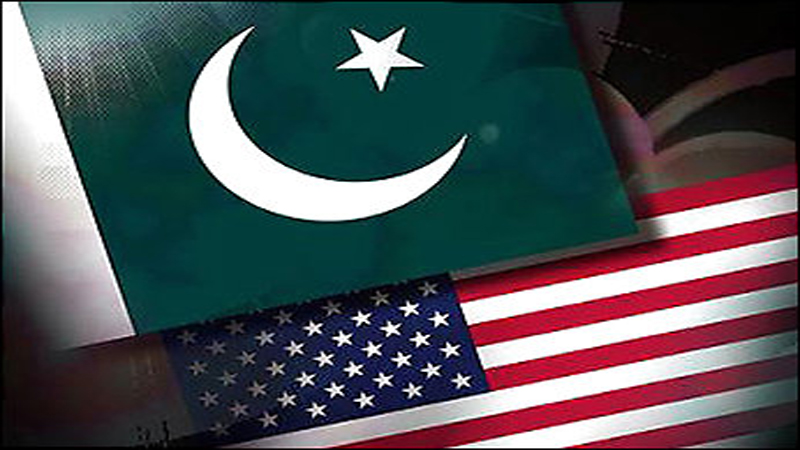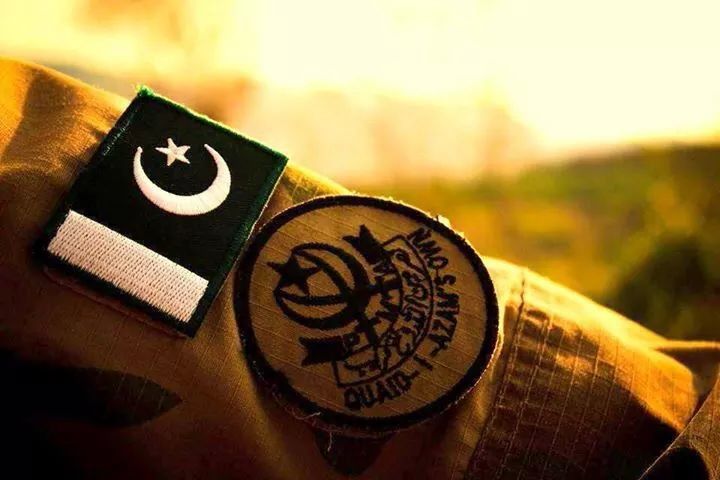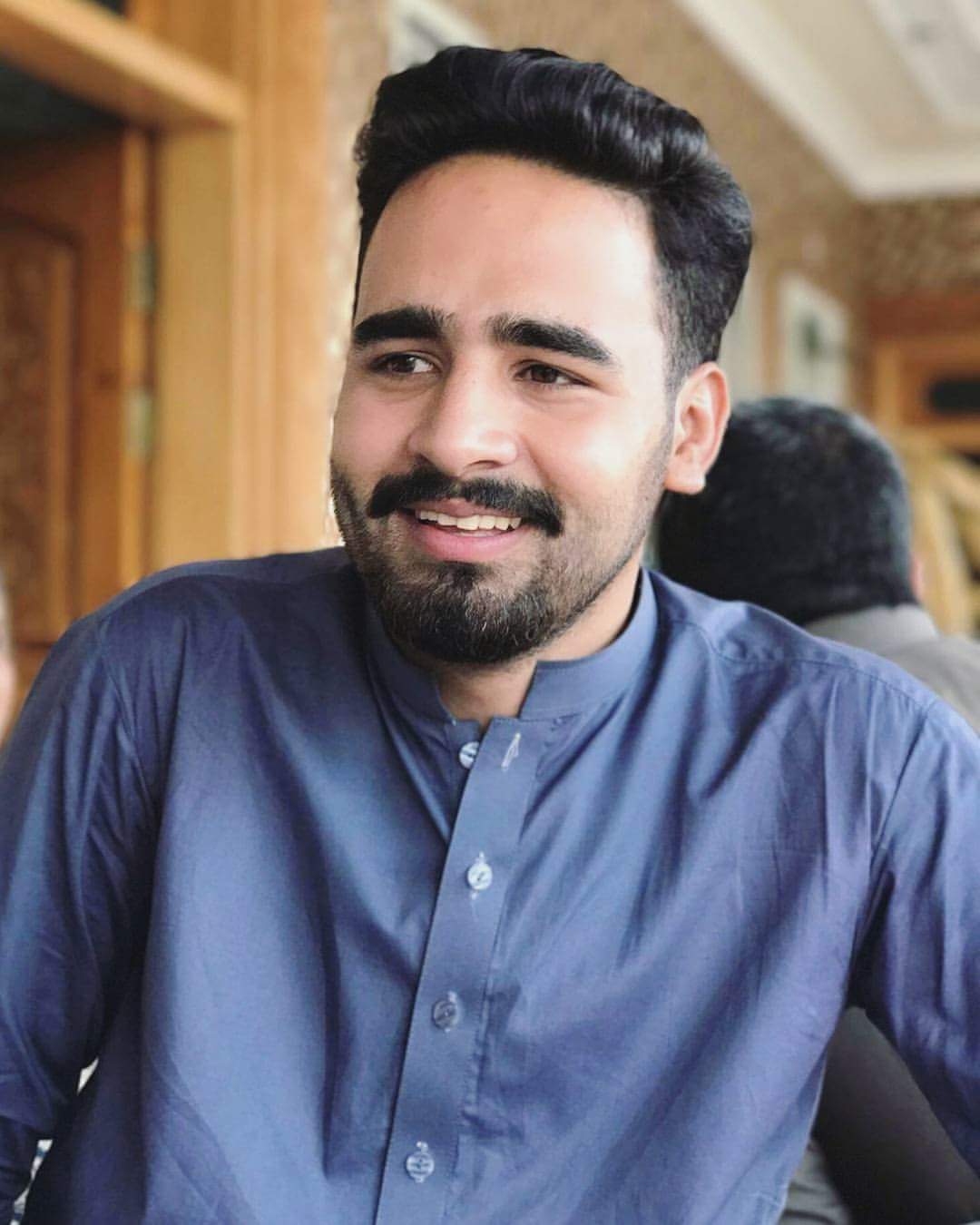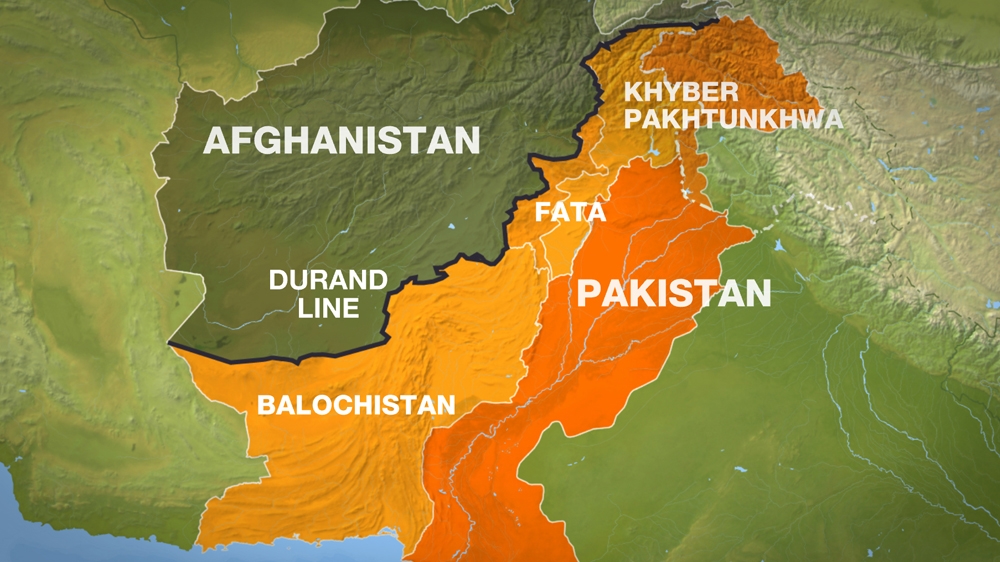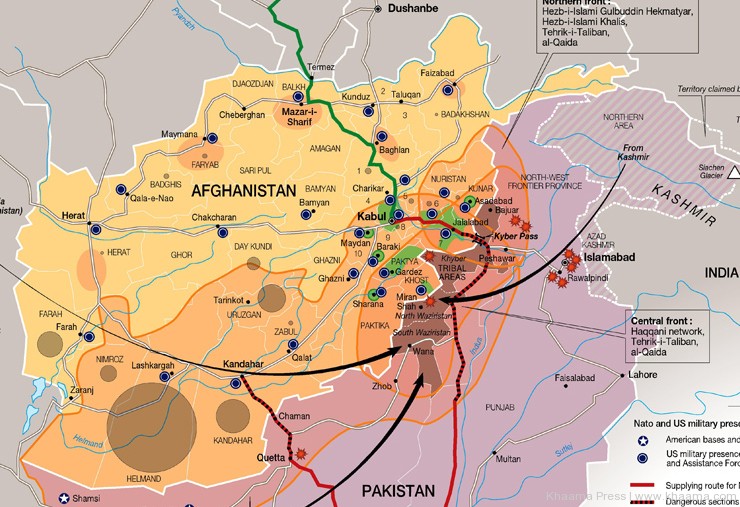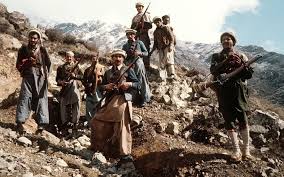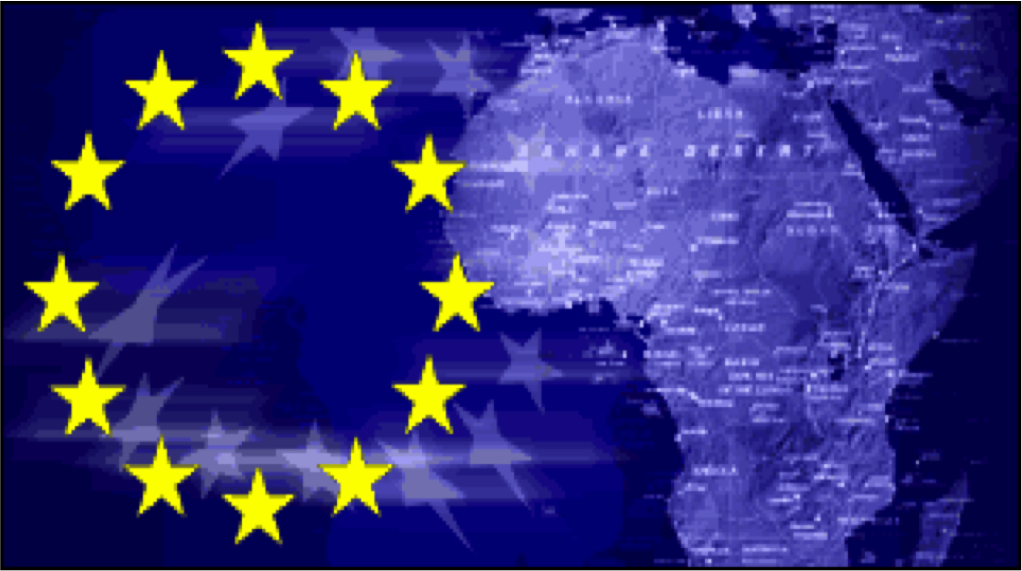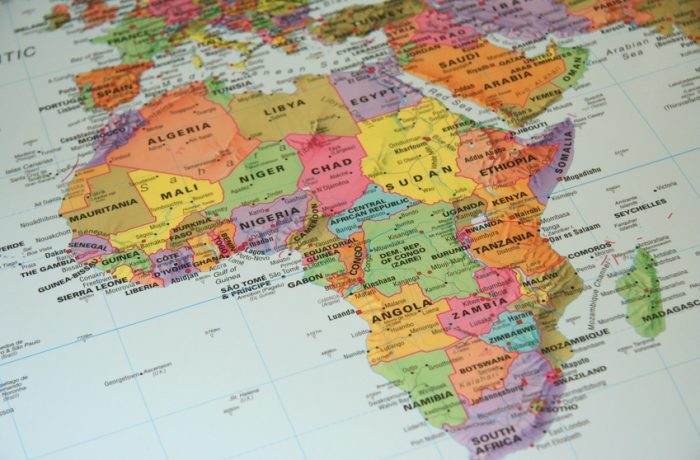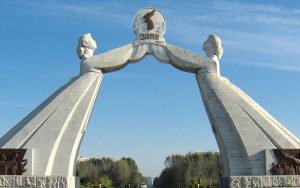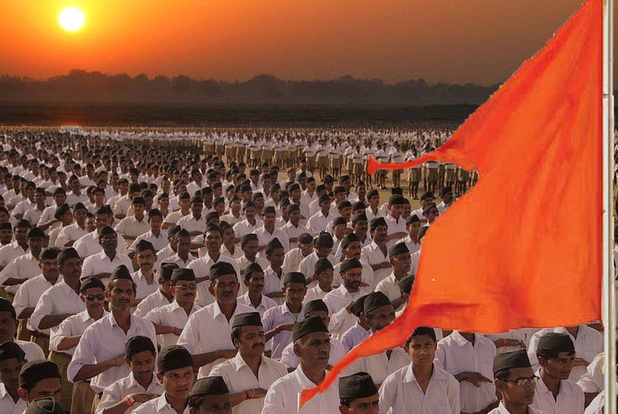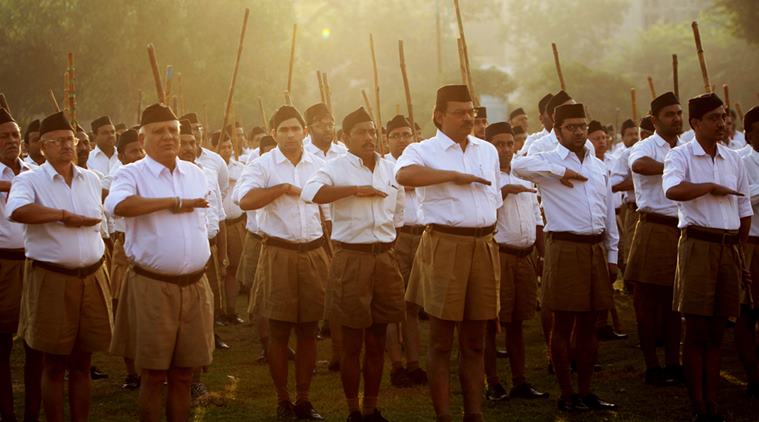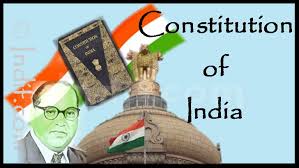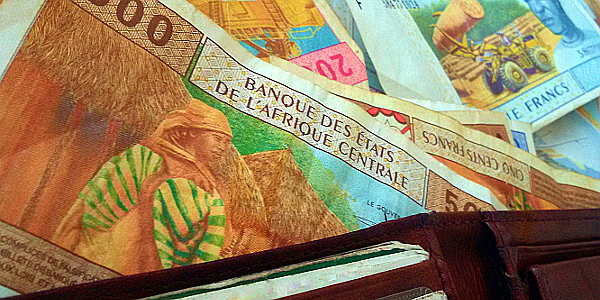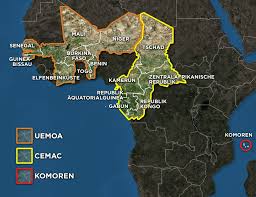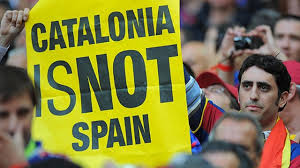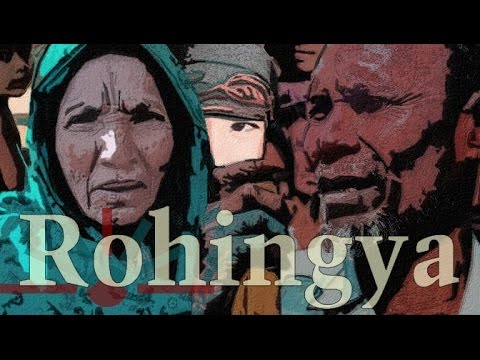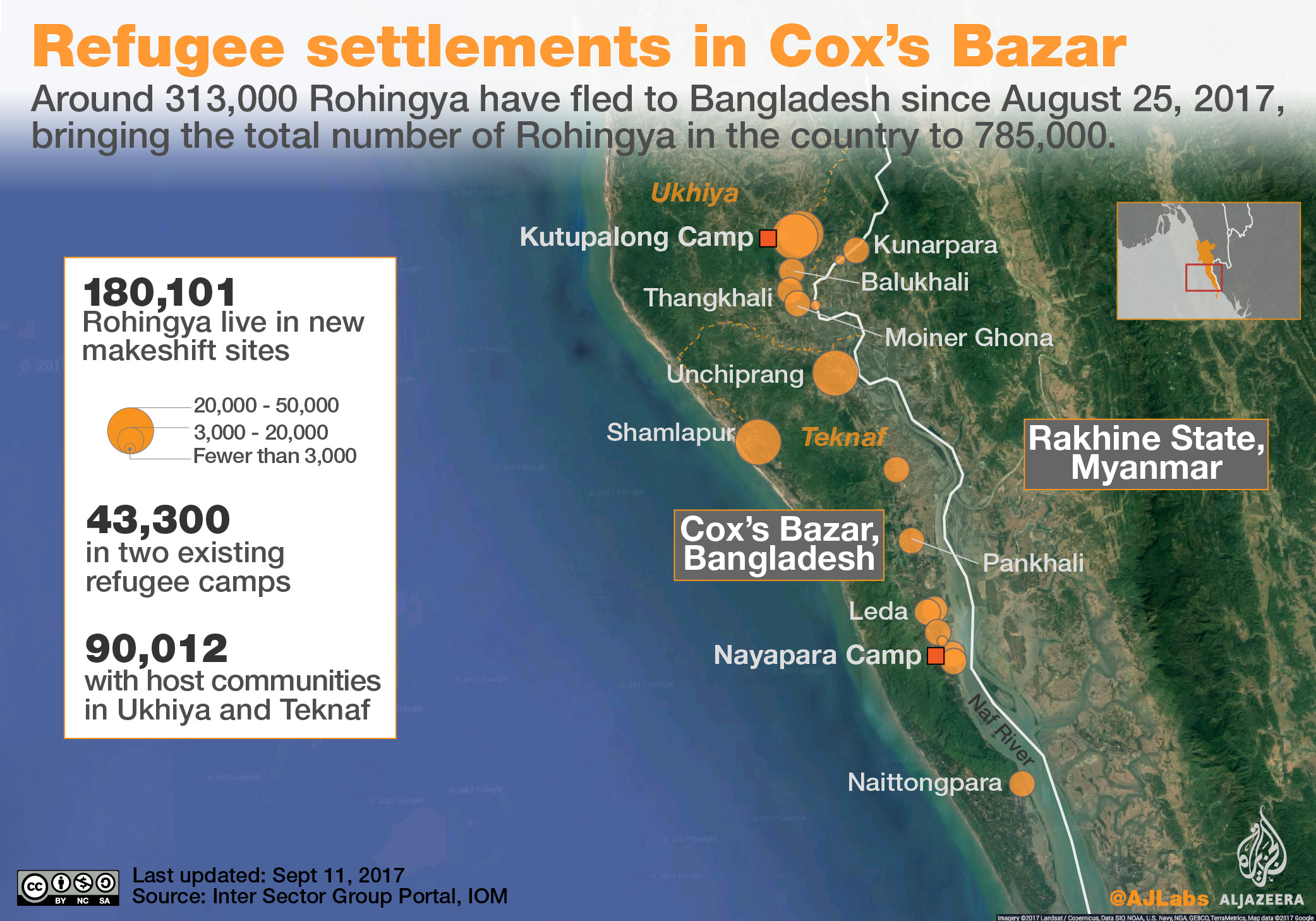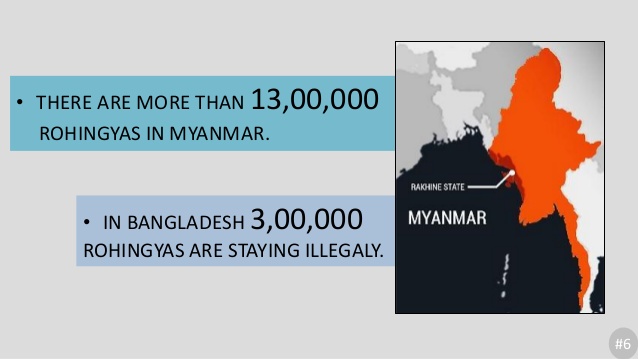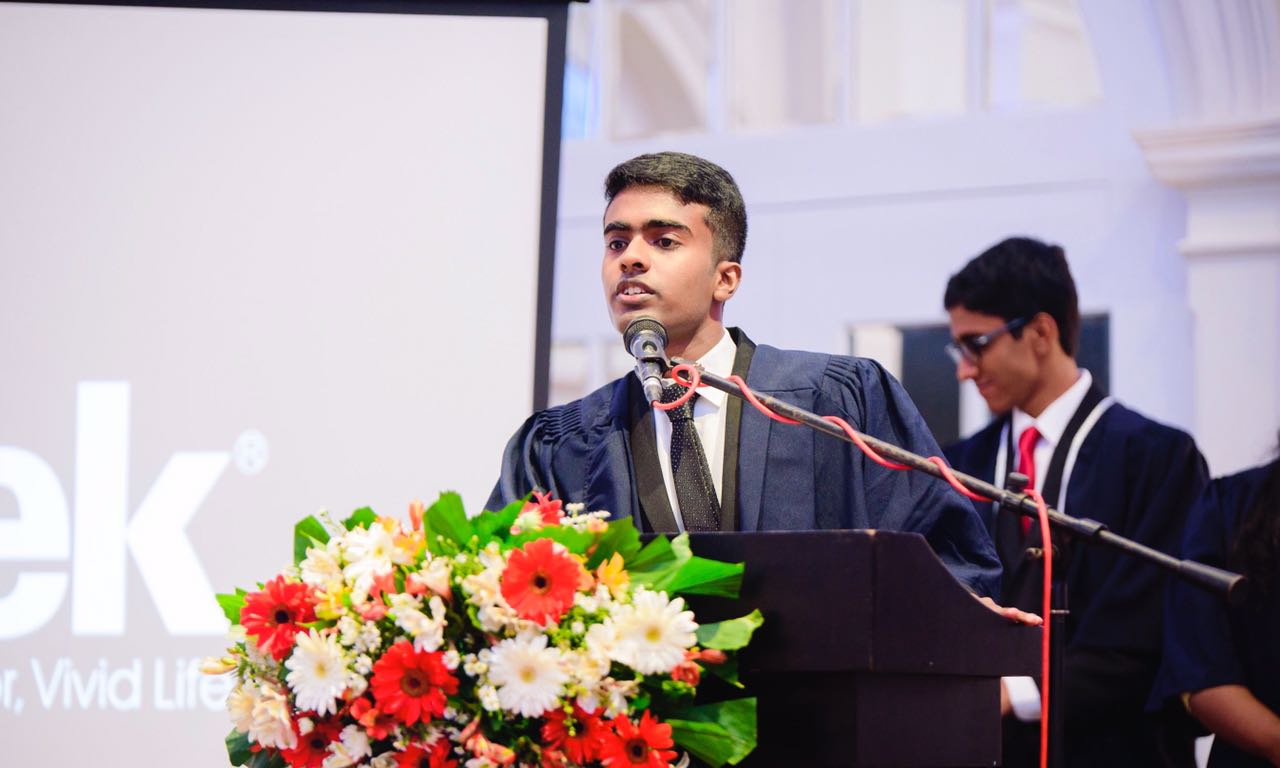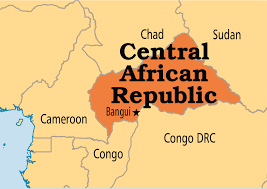This Article is a continuation of Pakistan : In search of Strategic Depth in Afghanistan Part I : http://www.young-diplomats.com/pakistan-search-strategic-depth-afghanistan-part/
Contemporary/More recent issues

Today the mother of all problems is the sanctuary issue; Afghan Taliban are safe in Pakistani territory (Khalilzad, 2017). An indicator is the fact that Mullah Omar died in a hospital in Karachi. Pakistan has submitted two lists of conditions to America and one list of conditions to Afghanistan for further cooperation against Taliban. These lists contain a series of demands that need to be met to safeguard what Pakistan calls its legitimate interests. Pakistan seeks an equation where the relative position of Afghanistan is that of Belarus to Russia.
Pakistan has always assumed that the Soviets and Americans would come and go, but they will stay on. The quest for territory has become a source of conflict, internal and external (Diehl & Goertz, 1988) in the Afghanistan-Pakistan zone. Afghanistan has provided Pakistan with a zone for further political control and development. If not in control, Pakistan seeks to deny the area to any other power. But it hasn’t gained economically from Afghanistan directly but has garnered a lot of international aid, humanitarian and military (Gammeltoft, 2002).
By participating in the GWOT[8], Pakistan has ensured a steady flow of weapons for its military, economic aid and diplomatic support, especially for its nuclear arsenal. Afghanistan has been a cash cow.
Why has Pakistan done what it has?
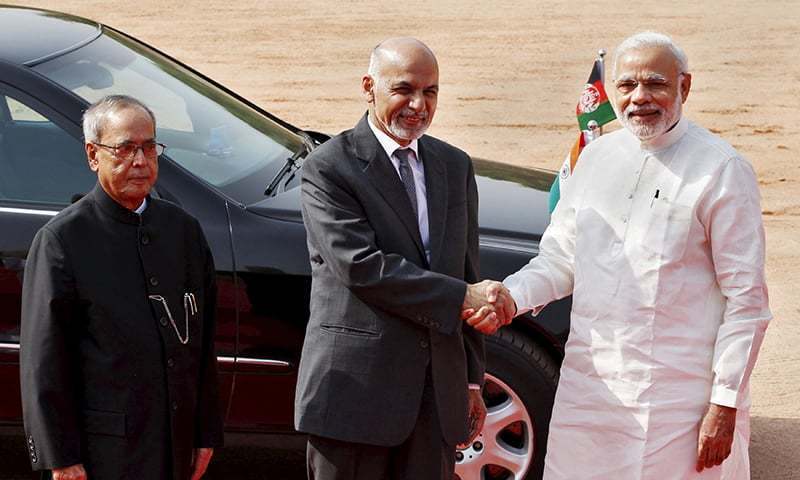
Pakistan is among few countries in the world that have understood the issues and has a large population of ethnic Pashtuns and a smaller population of Hazaras. It has a constituency that can act as an ethno guarantor to the groups in Afghanistan. Pakistan has been more successful in Afghanistan than any other country. It has used Afghan actors and not externals. It understands that a fractious group will not be able to achieve what a smaller unified, compact mission oriented one can. Pakistan sponsored Taliban were quickly able to realize their aims and settle in the shoes of the Afghan government. On the other hand, American troops with NATO partners and others ISAF have still not been very successful in bringing freedom to Afghanistan (Sanger, 2009).
Pakistan would prefer a weak Afghanistan over a strong one that may align with India leading to the encirclement of Pakistan by enemy interests (Felbab-Brown, 2015). An Afghanistan that is not within the influence of Pakistan can be a base for domestic sections like Punjabi Taliban, and Sipah-e-Sahaba to attack the Pakistani state. Pakistan has allowed for the growth and maintenance of certain military-politico organisations to work against India and Afghanistan. Those directed at Afghanistan have to be kept engaged at all times. There are fears that they may turn their heads towards Punjab and Khyber Pakhtunkhwa provinces if they are not supported and directed. This concern is especially high as some of these organisations have links with TTP (Tehreek e Taliban Pakistan) and other anti-Pakistan groups.
By ‘ecological perspective’[9] international actions are often dependent on the environment of the state and how it perceives the environment (Diehl & Goertz, 2002). Also, important are the perceptions and assumptions of the decision makers. The viability[10] of an act is also an essential condition and in the case of Pakistan geography and location have lent this support. Pakistan recognised this opportunity and operationalized it by using the general instability in its neighbourhood and freedom of action provided by the cold war tussle between the superpowers.
How does Pakistan continue to have influence?
There are many natural connecting points between Pakistan and Afghanistan, making it valuable for access to Afghanistan. The same can be ascertained from the passage below:
“…a number of border passes between Pakistan and Afghanistan. Its seven routes are well-known which run through its territory, i.e., Malakand, Khyber, Gandab route through Mohmand territory, Khyber and Kohat route through Parachinar, Bangash or Paiwar route through Kurram, Gomal, Tochi routes through Waziristan and in the south there is the famous Bolan route to Quetta in Balochistan province. These passes are corridors of invasion and commerce between the Indus plains and Central Asia. Moreover, there are many key passages through the mountainous Pakistan border, which include two from Paktika Province into Pakistan’s Waziristan region: one at Angoor Ada, a village that straddles both sides of the border east of Shkin, and further south, the Gumal River crossing valley, which cuts through the Sulaiman Range and the Charkai
River passage south of Khowst, Afghanistan, at Pakistan’s Ghulam Khan village into North Waziristan. One of the busiest Pakistan border crossing is at Wesh, just northwest of Chaman, Pakistan, connecting Kandahar and Spin Boldak in Afghanistan to Quetta in
Pakistan, is a flat, dry area, though this route involves Pakistan’s
Khojal Pass at 2,707 m (8,881 ft) just 14 km from the border.” (Hilali, 2010)
Pakistan had retained greater operational control, during the Soviet jihad, as well as during the anti-Taliban and anti-Al-Qaeda phases (Sanger, 2009). The shift of US attention to Iraq led to the vast mobilisation of resources from Afghanistan theatre to the Iraqi theatre allowing Pakistan and Taliban to enhance their roles and routine activities.
Pakistan’s desire to control stems from the Treaty of Gandamak which gave British control over Afghanistan’s foreign policy. Today Pakistan is the remnant of that power at Afghanistan’s eastern borders (Jawad, 1992).
The domination of Pakistan wasn’t something new, the third king Amanullah Khan was overthrown with organisational base across the boundary with the support of religious and tribal leaders (Barfield, 2011). Even at that time Pashtuns under Nadir Shah with the help from British India ultimately prevailed and brought in conservative Islamic practices in contrast to Amanullah’s reforms, and subsequently, the Soviet influence was reduced.
Taliban Factor
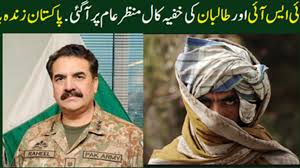
When the Taliban were driven away due to the first influx of American troops in 2001, they escaped into Pakistani territory ensuring a continued Pakistani regulation if not some level of control over their acts (Sanger, 2009). The larger number of escapees belonged to Taliban and not the Al-Qaeda. Taliban’s target was the internationally recognised government of Kabul and not the United States. In GWOT Pakistan’s promise involved killing the enemies of America on its soil. These members of Taliban were the enemies of the Afghan government. But it is observed that Al-Qaeda conducts a large number of successful attacks. Hence it is often a compelling argument that Taliban has subcontracted many acts to Al-Qaeda. It is easy for Pakistan to exert influence as on both sides of the aisle there are Pashtuns.
It is also easy for Pakistan to hold on for long, while other distant powers like the Greeks(Yes! Alexander came here too), British, Russians and Americans always have had to go back home. During the period of engagement, they need a supply chain, and logistics can be a nightmare in the dry, hilly terrain of Afghanistan that is interspersed with local power holders.
By having an active hand in Afghanistan, Pakistan gains in preventing any support base for the secular Pashtun nationalists within its borders from challenging the Punjabi/ Pakistani power. Hence, Pakistan arrested many of the secessionists and nationalists in the GWOT, though many of the operations were said to have been directed against Al-Qaeda. It was easy for Pakistan to brand them as al-Qaeda/Taliban and hand over to the US.
Any strong influence of India in Afghanistan or Central Asia was also checked.
Pakistan as a country has understood that sticking with a military victory is not enough. One has to move ahead and capture victories in the realms of social acceptance, governance, development. But the solution or method it has adopted is: prolongation/elongation of the last phase of success in the military sphere.
America’s mistake
By knocking off the cross, Americans assumed the cathedral had fallen. They had even taken help from the high priest (Pakistan) for success in the very act. The processes have to be Afghan led and Afghan owned, but the West must step in where it is needed to do the heavy lifting.
They are not to substitute for Afghans but to enable them.
Further, the budgetary and workforce fluctuations induced by domestic concerns also had an effect on their overall act in Afghanistan.
In the absence of shared goals and shared threats, Pakistan benefits by working very differently from its strategic projections (Mullick, 2009). American and Pakistani regional interests vary to a great extent. Transactional nature of alliance with Pakistan dis-incentivises Pakistan from having the same goal but incentivises adoption of common procedures.
An often made mistake is the assumption that the West and Pakistan wanted the removal of USSR from Afghanistan. That was just one of the desired outcomes for Pakistan. Also desired was the removal of PDPA and coming to power of a non-communist form of government and Pakistan ensured that it was an Islamist government.
In this conflict, there is too much of territoriality. The essential conflict is for territory and regional hegemony. Though nations are imagined communities, in Afghanistan the nations are spread out and interspersed among the provinces. In Pakistan, there are multiple nationalities but the state is stronger, and there have not been much revisionist tendencies in Afghanistan. Though religion is common to both states and so is the nation of Pashtuns. We must understand that nations don’t always need territory. For example, Jews had been a nation even in exile. In this place territory is in practice secondary to nation but with the cultural aspects demanding a stricter adherence in the form of honour, the discourse is dominated by territoriality
While some issues between the two states are time and space specific and hence tend not to repeat, there are those that are repeating and can occur at a different combination of time and space. India-Pakistan relations, US-Pakistan and India-US relations have a strong bearing on anti-insurgency actions in Afghanistan. These three tend to impel Pakistan to seek greater influence in Kabul for two reasons.
- It seeks benefits from Kabul.
- It wants to get whatever it can, even if it isn’t going to fulfil its responsibilities to Afghanistan.
By meddling in Afghanistan today, it can reduce some pressure on Taliban and deflect focus, from Afghan development and international efforts to combat insurgency, to Afghan inability. Its role therein can never be disregarded and hence, Pakistan’s interests must be taken care off and respected in Afghanistan and Kashmir. This will lead US to deliver on many of Pakistani demands.
This often compels Afghanistan to violate the underlying architecture for reconciliation with many former warlords of Taliban and the likes of Gulbuddin Hekmatyar. This underlying architecture is necessary for Afghanistan’s internal peace.
CONCLUSION
Pakistan’s ability to control Afghanistan’s destiny is contingent to how long it can run with the hare and hunt with the hounds. They are fighting a war of choice that often appears similar to a war of need. Even if they are not a party to the settlement they have to be comfortable with the arrangement (White, 2017) otherwise the permanence of the settlement would come into question. The present situation reflects a lack of communication between Afghanistan and Pakistan
History has shown that Afghan and Pakistan relations have often repeated a pattern[11].While territory is significant, the search for strategic depth has ensured that the current dispensation in Kabul has a trust deficit with Pakistan. The very act of domination has prevented any reconciliation between the two neighbours and created agencies that have state like capabilities.
The territory in contest is owned by a community as well as two states. This problematizes the situation as some states tend to signify some community-based allegiances and rights. Most wars are fought for territories but due to the influence that comes along with it (Diehl & Goertz, 1988).
Jyoti Ranjan Pradhan

